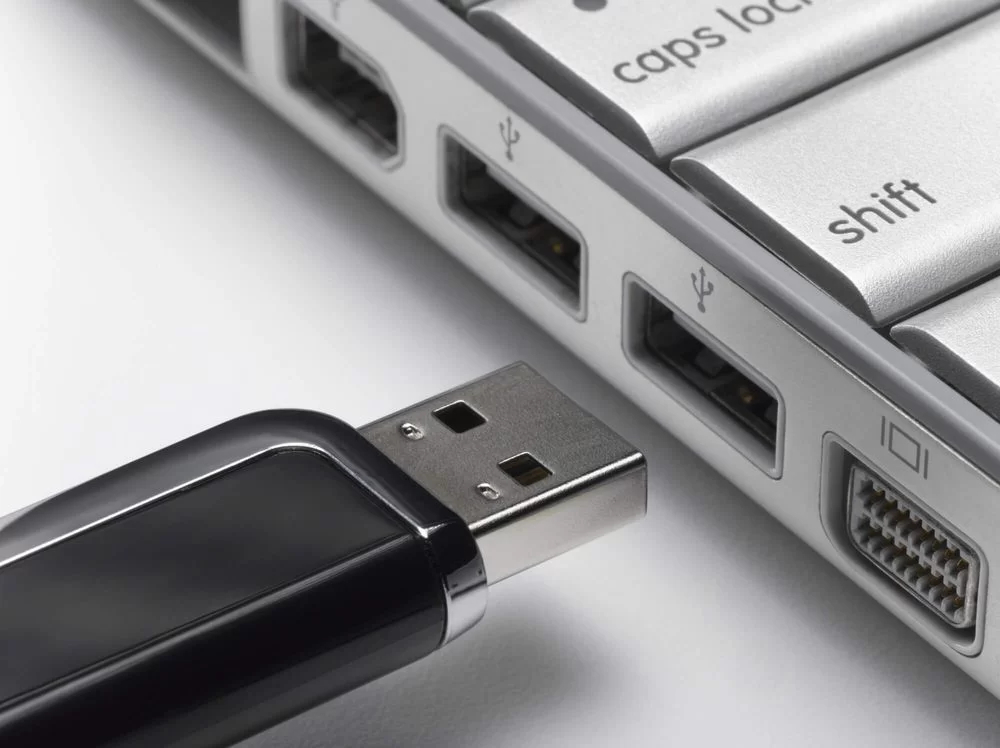How to Boot from USB on a Windows Laptop
- 1. Preparing Your USB Drive for Booting
- 2. Entering BIOS/UEFI Settings
- 3. Changing Boot Order to Boot from USB
- 4. Saving and Restarting the Laptop
- 5. Troubleshooting Boot from USB
1. Preparing Your USB Drive for Booting
Before you can boot from a USB drive, you'll need to prepare the drive with a bootable operating system or tool. If you’re installing a new operating system or using a tool like a recovery disk, you'll need to download an ISO file and use software like Rufus or the Windows Media Creation Tool to make your USB drive bootable. I remember the first time I tried this—it took a little trial and error to get the bootable USB right, but once you get it set up, it’s smooth sailing.
2. Entering BIOS/UEFI Settings
To tell your laptop to boot from the USB drive, you’ll first need to enter the BIOS or UEFI settings. This is typically done by pressing a specific key (such as F2, F12, Esc, or Delete) during the laptop's startup sequence. The key varies by manufacturer, so if you're unsure, check your laptop's user manual. Once you're in BIOS or UEFI, you’ll see a variety of options, but don’t worry—it’s easier than it seems!
3. Changing Boot Order to Boot from USB
Once inside BIOS or UEFI, navigate to the "Boot" tab. This is where you can set the order of boot devices. You’ll need to ensure that your USB drive is at the top of the boot priority list. On some laptops, this option will be labeled "Boot Order," "Boot Priority," or something similar. Use the arrow keys to move the USB drive to the top of the list. After saving your settings, your laptop will boot from the USB drive first on the next restart.
4. Saving and Restarting the Laptop
Once you’ve adjusted the boot order, it’s time to save your changes and restart the laptop. In most BIOS or UEFI systems, you can do this by pressing F10 or selecting the "Save and Exit" option. After saving, your laptop will restart, and it should boot directly from the USB drive. At this point, you’ll be able to proceed with installing your operating system or using your bootable USB tool!
5. Troubleshooting Boot from USB
If your laptop doesn’t boot from the USB drive, don’t panic! There are several common reasons why this might happen. First, make sure the USB drive is properly formatted and contains the correct files. Next, check if your laptop has Secure Boot enabled. This security feature sometimes prevents booting from non-certified devices. If that’s the case, you can disable Secure Boot from the BIOS/UEFI settings. Lastly, ensure that the USB drive is plugged into a working USB port—preferably a USB 2.0 port if available.






























